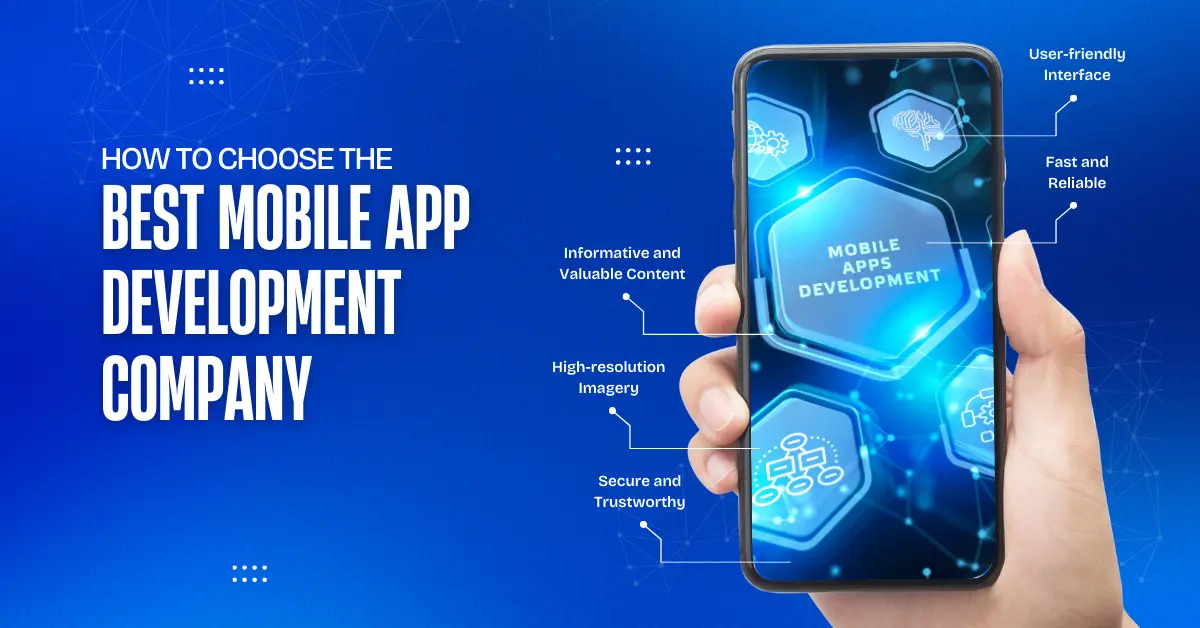Why Flutter Apps Struggle with Background Tasks

Strong 8k brings an ultra-HD IPTV experience to your living room and your pocket.
Modern mobile apps are expected to handle tasks even when the user isn't actively using them. From syncing data to sending notifications and uploading files, background processing is essential to ensure a seamless user experience.
But in Flutter, developers often hit a wall.
Whether you're building a health tracker, a real-time chat app, or an eCommerce platform, background tasks in Flutter can be surprisingly difficult—especially across both Android and iOS. And in 2025, as app expectations grow and device constraints tighten, the pressure to handle these tasks reliably has never been higher.
So why do Flutter apps struggle with background processing, and what can you do about it?
🚧 The Challenges: Why Background Tasks Are Tough in Flutter
Unlike native frameworks, Flutter doesn’t offer a unified, out-of-the-box solution for long-running background operations. This leads to common struggles:
1. Platform-Specific Restrictions
iOS aggressively suspends background tasks to preserve battery life. Without specific entitlements (like background fetch or VOIP), your code might simply not run.
Android requires services like WorkManager or ForegroundService—but integrating these via Dart isn’t straightforward.
2. Isolate Limitations
Flutter isolates aren’t true threads. Background Dart code can’t directly access your app’s UI or plugin APIs. Developers often misunderstand isolate behavior, leading to broken background logic.
3. Plugin Support Gaps
Most popular plugins aren’t designed for background use. For example, http, firebase, or sqflite often fail silently when used in isolates or headless modes.
4. Flutter’s Event Loop
Flutter is optimized for UI responsiveness. Once the app is suspended, the Dart event loop is paused, making background logic unreliable without native intervention.
🛠️ Solutions: How to Handle Background Tasks in Flutter (in 2025)
Despite the challenges, several modern techniques make background work more reliable in Flutter:
✅ 1. Use workmanager for Periodic Tasks (Android)
The workmanager package lets you schedule background jobs that run even after a reboot.
Dart
Workmanager().initialize(callbackDispatcher);
Workmanager().registerPeriodicTask("syncTask", "syncBackgroundData");
Great for uploading data, refreshing content, or local caching.
Works even when the app is terminated (Android only).
Not ideal for real-time updates.
✅ 2. Background Fetch (iOS + Android)
background_fetch allows apps to periodically wake up and execute code.
Limited by OS constraints (esp. iOS).
Best for lightweight, infrequent tasks (like fetching notifications).
Dart
BackgroundFetch.configure(
BackgroundFetchConfig(
minimumFetchInterval: 15,
stopOnTerminate: false,
enableHeadless: true,
),
onBackgroundFetch,
);
✅ 3. Push Notifications as Triggers
For time-sensitive tasks, Firebase Cloud Messaging (FCM) can serve as a background trigger. Use data-only messages to silently launch background logic (Android only, limited on iOS unless using VOIP or notification privileges).
Example:
Send a silent push → app wakes up in background → syncs data.
✅ 4. Use Native Code via Platform Channels
When Dart hits its limits, use platform-specific code for background work:
Android: JobScheduler, ForegroundService
iOS: BGTaskScheduler, Silent Push, or NSURLSession
Flutter’s platform channels allow you to bridge native services with Dart logic, ideal for tasks like file uploads, downloads, or location tracking.
This method works well when trying to convert Flutter app to web-compatible logic later too—since you can separate native concerns cleanly.
✅ 5. Isolate-Based Heavy Lifting
Use Dart Isolates for intensive tasks like image processing, data transformation, or encryption—just not when you need native access or plugin interaction.
Dart
await Isolate.spawn(computeHeavyTask, inputData);
Keep in mind:
No plugin support inside isolates
Data must be serialized (not shared memory)
✅ 6. Flutter Background Services with Custom Plugins
For critical enterprise use cases, companies invest in custom Flutter plugin wrappers around native services. This allows:
Running background uploads
GPS tracking
Real-time data syncing
Using flutter development services like Four Strokes Digital, you can create bespoke solutions that offer native reliability with Flutter flexibility.
🚦 Common Mistakes to Avoid
❌ Trying to use http requests in isolate without proper channeling
❌ Ignoring platform-specific configuration (like entitlements or permissions)
❌ Assuming the app will run in the background without OS approval
❌ Not testing with real OS background suspension behavior
❌ Overusing Timer.periodic() which does not run in background reliably
🧪 Best Practices for Flutter Background Processing
Practice Benefit
Use native scheduling for critical tasks Works reliably across OS versions
Minimize background CPU & memory usage Reduces battery drain and termination risk
Log background operations Easier debugging
Test on real devices Emulators don’t simulate background behavior well
Use dependency injection Helps mock services during unit testing
⚙️ Use Cases That Need Background Processing
Fitness or health tracking
Chat apps syncing messages
E-commerce apps processing orders
Location-based services
Media uploaders or downloaders
Apps using App Development Technologies like IoT or AI on mobile
If your Flutter app handles sensitive data (e.g., HIPAA or GDPR compliance), background processing should also be encrypted and secure.
Final Thoughts
Flutter’s background processing still lags behind native solutions, but with the right architecture and plugins, it’s manageable in 2025.
From isolating compute-heavy tasks to triggering silent push updates, there are now mature strategies to handle background workloads across devices, OS versions, and user scenarios.
If you’re building Flutter Mobile Apps and hitting bottlenecks with background logic, consult with experts like Four Strokes Digital to build a stable, scalable infrastructure that won’t fall apart the moment your app goes idle.
Note: IndiBlogHub features both user-submitted and editorial content. We do not verify third-party contributions. Read our Disclaimer and Privacy Policyfor details.







